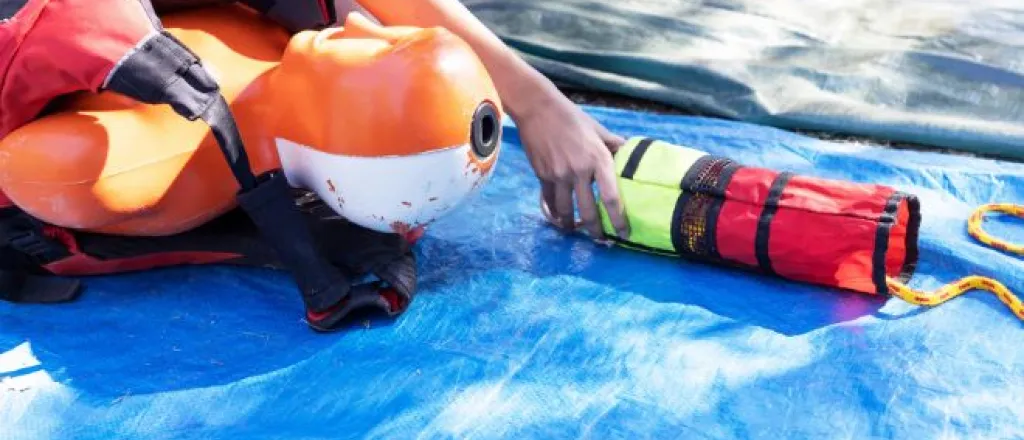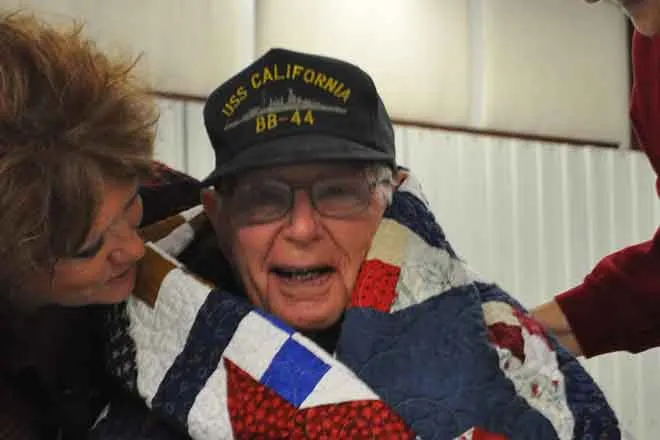
What it takes to become a trained lifeguard
Most of us have been to a body of water, be it a pool, beach, lake, or waterpark. We have certainly seen or noticed the guarders sitting high in their chairs, watching over everyone. Sure, their whistles and warnings can sometimes come as a buzzkill or shock, but it’s also a comfort to know there are protectors who notice unsafe happenings moments before the rest of us. Have you ever wondered what it takes to become a trained lifeguard?
Different certifications
This may come as a surprise, but there are different certifications for becoming a lifeguard, depending on the facility. Say you wanted to become a lifeguard for open water. In that case, you will need additional training, like learning how to operate rescue watercraft. Moreover, if you plan on being a beach lifeguard, you will have to train for situations specific to a lake or ocean. These situations could be treating jellyfish stings or learning to adjust your entry method for changing water conditions.
Basic training
Despite the name, it is anything but basic—it is lifesaving, and every lifeguard must receive this training. You might have never seen it administered in person before, but a surprising fact about CPR is that most cardiac arrests happen in public, occurring at any moment. That is why it is so important for lifeguards to know when and how to use CPR in any situation.
Lifeguards must receive lifesaving training, including but not limited to CPR, First Aid, and AED. A lifeguard can be the one aspect that completely changes a victim's life trajectory.
Examination
To become a trained lifeguard, you must complete an examination with four sections: swimming, written, timed, and demonstrated skills. The most demanding aspect of the test is the swimming section, as lifeguards must show they have good stamina, doing a freestyle, breaststroke, and 300-yard swim. For the timed section, they must perform a surface dive, rescue task, and 50-meter swim. The written and demonstrated skills section ascertains whether they have learned their basic lifesaving training and know how to administer it accurately.

















